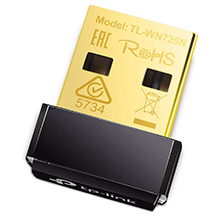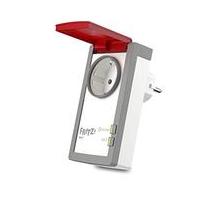Portable Wi-Fi router purchasing advice: how to choose the right product
- The most important facts in brief
- Mobile WLAN routers are small devices that set up a private WLAN network. They provide several devices with wireless internet at the same time.
- A SIM card with a data tariff is required. Prepaid cards are suitable for occasional use.
- The speed of data transmission depends on the mobile phone standard available in the tariff: LTE provides users with fast internet and is available over a wide area.
- For families or groups, it is crucial that many devices can be connected to the network.
- For long use, the battery life should be high.
Always and everywhere on the net
The LTE network expansion is progressing steadily and the 5G network is also slowly gaining a foothold in Germany. Deutsche Telekom, for example, reports that it already covers more than 98 percent of the population with LTE. In many other countries, the expansion is even further advanced. In addition, consumers throughout the European Union enjoy high-speed internet at low prices: Since 2017, they no longer pay roaming charges.
For travellers at home and abroad, these are excellent conditions for setting up their own independent WLAN. Then they can provide several devices with wireless internet at the same time and are no longer dependent on public hotspots for surfing. A fast and secure WLAN network for on the move is easy to set up with a mobile WLAN router.
What is a mobile WLAN router?
A mobile WLAN router, sometimes called a pocket wifi, provides users with a wireless internet connection. The small device is mostly powered by a battery or mains plug and fits in any pocket. Some variants can also be connected to the car’s cigarette lighter or come with a car charger cable. To set up its own WLAN network, the router requires a SIM card with a data tariff. The router converts the network connection into a WLAN signal and thus creates a private radio field that several smartphones, tablets or PCs can access with the appropriate password. The internet speed depends on the mobile network that the router accesses. Currently, the fastest connection is provided by the 4G or LTE network, as the successor 5G is not yet sufficiently developed.
Advantages of mobile WLAN routers
Mobile WLAN routers show their strengths especially when travelling. The devices provide constant internet access not only during family holidays, but also during business trips. Powerful mobile WLAN enables workers to perform their tasks at other locations at home and abroad without any problems. If necessary, more than ten end devices can often be connected to one router, as long as the users have the password.
Mobile WLAN routers are also practical for anyone who has recently moved or wants to move: It can take several weeks to set up a home network. With a mobile WLAN router and a prepaid SIM card with a data flat rate, the time can be bridged. For example, it supplies the smartphones, tablets and notebooks of all household members with high-speed internet.
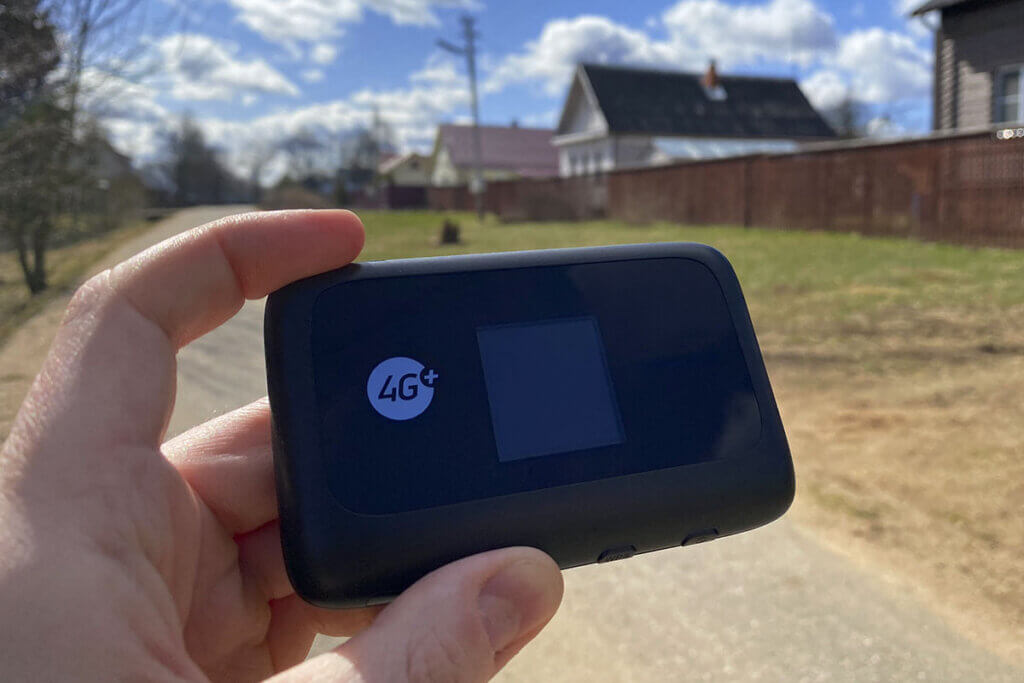
Smartphones also have a hotspot function, but this consumes a lot of battery power. For those who are on the road for longer periods of time, a WLAN hotspot that is independent of the smartphone is a good idea.
Are surf sticks an alternative to mobile WLAN routers?
Like mobile WLAN routers, surf sticks are small devices that establish an internet connection with the help of a SIM card. Users connect the surfstick via USB port to one end device, which is then the only one with Internet access. Several end devices can only be connected if users set up the stick as an additional WLAN hotspot. Because of the extra effort involved, this method is not a practical alternative to mobile WLAN routers. A surf stick is only suitable to a limited extent when on the move, as the start-up is dependent on a USB connection or a suitable adapter. On longer train journeys, for example, the surfstick can be connected to the notebook without any problems. For individuals in a new flat, the surf stick is also a suitable interim solution until, for example, DSL is set up. Surfsticks are an alternative for individual users and for more stationary use on a notebook or PC.
What to look for when buying
A suitable mobile WLAN router provides users everywhere with high-speed Internet and is small enough to fit in any pocket. At the same time, it must have space for all the necessary connections and allow a sufficient number of devices parallel access.
SIM card and tariffs
A SIM card with a data tariff is needed to put the mobile WLAN router into operation. With most models, tariffs of all users can be used. However, it is possible that the WLAN router of a particular network provider can only be used with that provider’s SIM card.
The tariff can be included in a contract or be prepaid. With a fixed contract, users are bound to the term and cannot spontaneously change or cancel the tariff. Every month, the provider debits the costs from the customer’s account. Those who use the mobile WLAN router only rarely still pay the full price. The minimum term is often one to two years; only a few tariffs can be cancelled after one month. With a prepaid tariff, the provider debits the amount from the credit balance. If the user does not top up the credit, there are no additional costs: he or she thus has full control over spending. Prepaid tariffs or monthly contracts are best suited for low users or limited periods of use, such as on holiday.
The second decision concerns the necessary data volume. This also depends on the user behaviour, on the one hand on the frequency and on the other hand on the type of use. Videos and streaming services, for example, consume a lot of data volume: streaming for an hour in high quality on Netflix consumes one gigabyte, while watching an hour of YouTube videos with a vertical resolution of 1,080 pixels requires about 1.8 gigabytes.
Accordingly, frequent users who consume a lot of data volume at a time need the most of it. For frequent users who use their devices mainly for writing messages or surfing the internet, a data volume of five gigabytes is recommended. For occasional users who watch videos, three gigabytes is sufficient.
Mobile radio standard
Since the mobile WLAN router converts mobile radio signals for its own network, the speed depends on the mobile radio standard of the selected tariff. The fastest mobile phone standard currently available with good network coverage is 4G or LTE. This standard allows data transmission of up to 300 megabits per second. Although 5G is by far faster in theory, the network has not been developed to the point where it can deliver its full performance in Germany. A 5G-capable modem can therefore not be recommended without reservation.
However, for frequent users with high speed requirements who want to be prepared for the future, the surcharge for a 5G router and data tariff may well be worth it. In addition, coverage is more advanced in some countries – especially Asian ones like China or South Korea – so travellers in those places benefit from 5G. For most users, however, 4G is perfectly sufficient: It provides high-speed internet and has good network coverage, even in European and non-European countries.

3G, also known as UMTS, is not recommended in the long run, as the three major German network operators Telekom, Vodafone and O2 want to switch off this mobile radio standard between June 2021 and the beginning of 2022. The freed-up frequency spectrum will then be used for the LTE radio network.
For all those who want to travel with the mobile WLAN router, especially outside Europe, it is advisable to pay attention to the frequencies that the device can receive. Otherwise, the router will not be able to access the mobile network and establish a connection. The frequency ranges or bands used for each mobile network differ from country to country and from provider to provider. Europe, Africa and the Middle East have a similar structure. The second group includes the Americas and the third Asia and the Pacific.
Which LTE frequency bands are needed in Germany?
The most important mobile network in Germany, LTE, has about 40 different frequency bands worldwide: although there are uniform LTE standards worldwide, mobile data transmission takes place regionally on different frequencies. The most important bands used by German mobile phone providers are LTE Band 1 with frequencies of 2,100, Band 3 with 1,800, Band 7 with 2,600, Band 8 with 900, Band 20 with 800 and Band 28 with 700 megahertz. Many of the bands used in Germany are also used in other countries, but not all. This also makes the purchase of imported products problematic, as essential bands may be missing: In the case of products for the Chinese market, for example, this is LTE band 20.
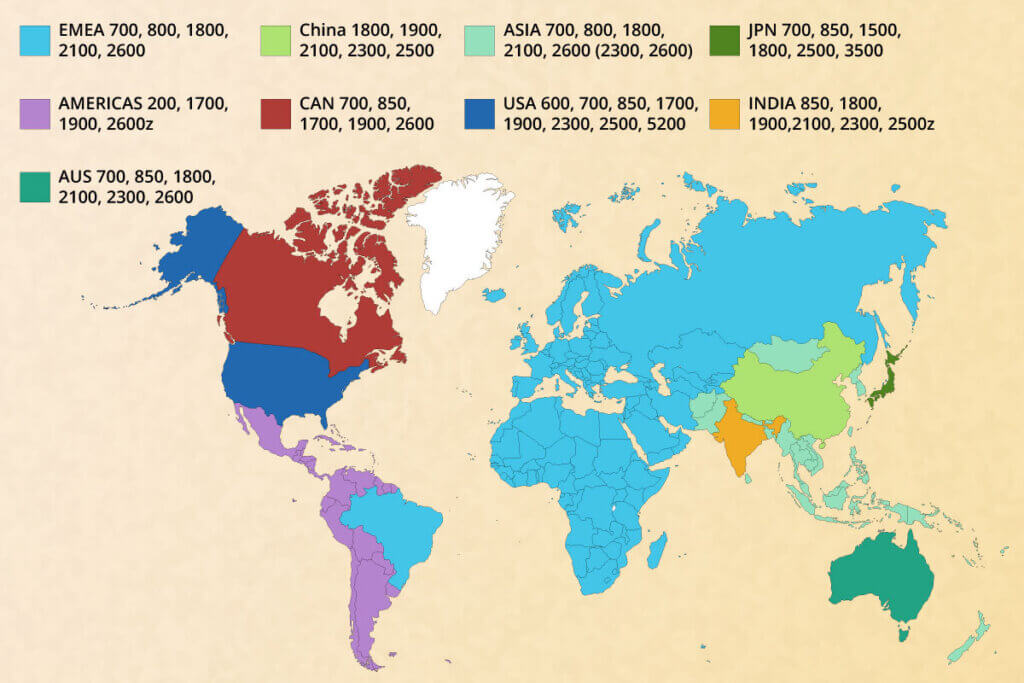
WLAN standard
In addition to the mobile radio standard, the WLAN standard used for transmission from the router to the end device is important: it defines the maximum transmission speed as well as the possible frequency range. Wireless LAN, or WLAN for short, is usually based on the IEEE 802.11 standards for Ethernet-based radio networks. These have existed since 1997 and have been continuously developed since then. The subsequent generations process more data, improve the range and security and ensure better cooperation between brand-name devices. In order to make the standards more understandable for normal consumers, they were given simpler names: The original IEEE-802.11 was named Wi-Fi 1 internationally and WLAN 1 in Germany. The subsequent generations are:
- WLAN 2 / Wi-Fi 2: IEEE-802.11b
- WLAN 3 / Wi-Fi 3: IEEE-802.11g
- WLAN 4 / Wi-Fi 4: IEEE-802.11n
- WLAN 5 / Wi-Fi 5: IEEE-802.11ac
- WLAN 6 / Wi-Fi 6: IEEE-802.11ax
In mobile WLAN routers, consumers usually encounter the n, ac or ax standard and the two frequencies 2.4 and 5.0 gigahertz, instead of the corresponding “WLAN” designations. All standards are backwards incompatible, so that the newer versions can also be used with older end devices.
The frequency bands have a certain number of channels, most of which overlap – for example, 13 channels in the 2.4 gigahertz frequency range. With WLAN radio technology, all network participants share the available channels. While the 2.4 gigahertz frequency band has a greater range than the 5.0 gigahertz frequency band, the latter is usually faster if the signal strength and quality are good. In addition, the channels are not as busy as with the 2.4 gigahertz band.
Although the latest Wi-Fi standards transmit data significantly faster, no version reaches the stated maximum speeds, regardless of its age: the real transmission depends on the ambient conditions such as walls and other radio networks, the number of participants as well as the distance and often only reaches a fraction of the possible rate. For the sake of high speed and security, it is advisable to use the latest standard such as IEEE-802.11ac or ax.
Power supply
Mobile WLAN routers can be supplied with power either by battery or by mains adapter. Devices with rechargeable batteries can be used anywhere, independent of an external power source. As long as the battery is not depleted, consumers can enjoy continuous wireless internet on beaches, in the mountains or during city tours. If you want to use the router for long periods of time, it is best to pay attention to the battery life.
With devices with a power supply unit, you are tied to a specific location. These models are worthwhile for use indoors or, if a suitable connection or adapter is available, in the car. At home, for example, it can replace a DSL landline; in holiday homes or hotel rooms, it also provides a network.
Number of possible connections
Mobile WLAN routers also differ in the number of devices they can supply with wireless internet. While some models can connect fewer than ten devices, other pocket wifi devices can connect more than thirty. The more people are to have parallel access to the network, the more end devices the router must support. For families and small groups, at least ten connection points are advisable.
What connections do mobile WLAN routers have?
In addition to the SIM card slot, every mobile WLAN router is equipped with a connection for the power supply. It is advisable to pay attention to the size of the SIM card: While it is possible to cut a SIM card that is too large and buy an adapter for one that is too small, it is easier to already have the right size – often a MicroSIM card. A MicroUSB port is usually available for charging the battery. Alternatively, the devices have a connection for the mains adapter or a car charger cable. With a LAN connection, the device can also be paired directly with the devices to increase the transmission speed. Some models have a connection for external antennas. A slot for memory cards and a USB port are common on many models. A printer, for example, can be connected via a USB cable. The files on the storage medium are accessible to all end devices.
Scope of delivery and accessories
The scope of delivery of mobile WLAN routers is often small. While a charging cable or a power supply unit are usually included, only a few manufacturers supplement the router with accessories such as a SIM card adapter or adapter attachments.
A SIM card adapter is a practical extra, however, because the NanoSIM cards of modern smartphones do not fit into the MicroSIM recess of the router. For those who use their router for long periods of time or can rarely charge the battery while travelling, a powerful power bank is suitable.
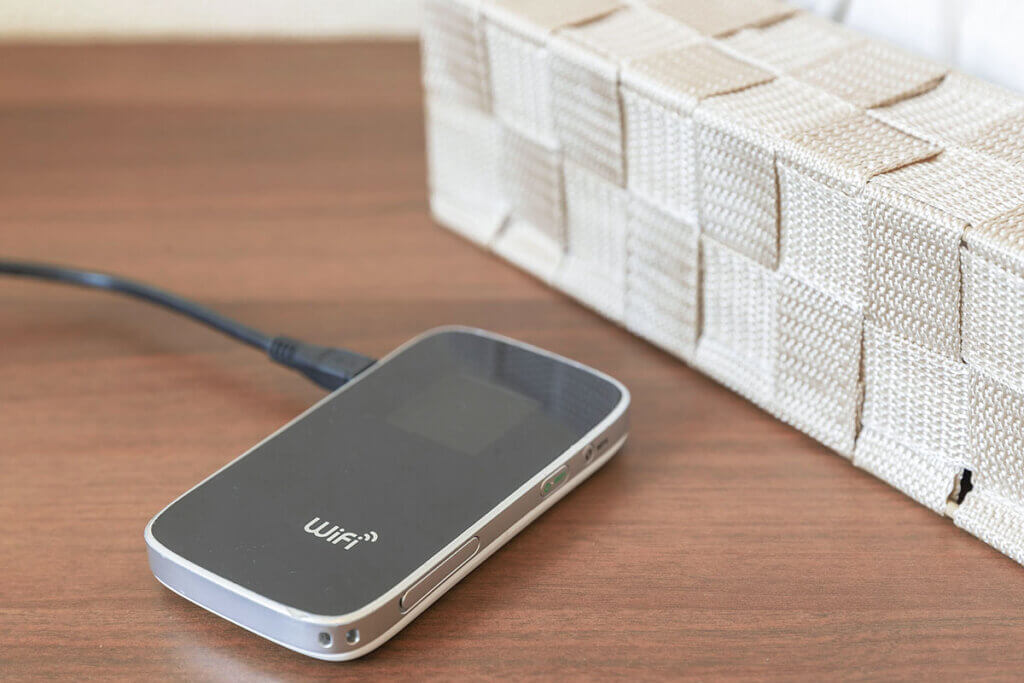
To additionally amplify the router’s WLAN signal, users can use a battery-powered WLAN repeater if necessary. This picks up the radio signal of the WLAN router and retransmits it. This increases the range and reduces signal interruptions. Alternatively, consumers can amplify the signal with the help of an antenna if the device has a corresponding connection.
Overview of the different networks
Originally, mobile telephony only worked with analogue voice transmission. Only the successor, 2G, made mobile data transmission possible. The subsequent generations provide faster and interference-free transmission rates. Designations such as 3G, 4G, 5G as well as UMTS and LTE describe the respective mobile phone standards. In the following you will find out how the individual standards differ in detail.
2G: The digital beginning
The mobile phone standard 2G refers to the first digital network that enabled data transmission in addition to telephony. It is based on the GSM standard (“Global System for Mobile Communications”), which was introduced in 1992 and is the most widespread fully digital mobile radio standard. The 2G network is mainly suitable for telephony and SMS, as the data transfer rate is only 9.6 kilobytes per second.
GPRS and EDGE: more efficient data processing
The GPRS standard ( General Packet Radio Service) from 2001, also known as 2.5G, is a further development of the first 2G network. This mobile radio divides the information to be sent into several packets and sends them; when it reaches the recipient, it reassembles the small packets into a whole. This approach only puts a load on the network while the packet is being sent, so users save data volume. The transmission reaches a speed of up to 54 kilobytes per second: sending a two-megabyte photo takes about five minutes, provided there are no interruptions.
The EDGE standard (“Enhanced Data Rates for GSM Evolution”) or 2.75G is an improvement of the packet-oriented GPRS service. Due to more efficient procedures, the transmission rates of the packets have increased greatly, up to 220 kilobytes per second. This speed enables applications such as e-mail or instant messenger.
D-network and E-network: The origin
Originally, Telekom and Vodafone’s predecessor D2 Mannesmann provided the GSM network with frequencies around 900 megahertz. This is today’s D-network. In the mid-1990s, E-Plus established the so-called E-network and used a 1,800 megahertz frequency range for it. In the meantime, D-network and E-network no longer describe the frequencies – all providers use 900 and 1,800 megahertz – but the providers. The E-network belongs to Telefónica, the merger of E-Plus and O2.
3G: The breakthrough
The third generation of mobile radio is the so-called UMTS network, which stands for “Universal Mobile Telecommunications System”. Only the 3G mobile radio standard achieves the high transmission rates that make mobile Internet possible. Together with the radio access technology Wideband CDMA (“Code Division Multiple Access”), several data streams can be sent and received simultaneously, enabling transmission rates of up to 384 kilobytes per second.
3.5G: Enhanced UMTS
3.5G is a further development of the UMTS standard, but not yet an independent network. The enhancements include HSPA and HSPA+ (“High Speed Packet Access”), each of which consists of an upload and a download accelerator. With HSPA, the data transfer rate increases to 7.2 megabytes per second, while with HSPA+ up to 42 megabytes per second can be achieved. Compared to the pure UMTS standard, the extensions create a significantly faster internet connection.
4G: The high-speed solution
The fourth-generation mobile phone standard is called LTE (“Long Term Evolution”). From a technical point of view, the original LTE corresponds to a 3.9G network, but as a marketing strategy, this technology was given the name 4G. The transmission rate is 150 megabytes per second and the time span until the data packet is transmittable is reduced by 20 to 50 milliseconds. This makes it possible to run applications such as streams or larger downloads that have a high data volume.
The actual 4G standard
LTE-Advanced, also abbreviated as LTE-A or LTE+, is an extension of the LTE standard and corresponds to the actual 4G network. The transmission rates have increased enormously with 300 to 600 megabytes per second. With a simple software update, compatible LTE base stations can be upgraded to the extended standard.
In Germany, a technology called “carrier aggregation” ensures the high transmission rates. It allows the simultaneous use of several frequency bands: while LTE-Advanced usually uses two bands, LTE-Advanced Pro uses at least three frequency bands. In this way, LTE-Advanced Pro, also called 4.5G, achieves a speed of up to 600 megabytes per second and is thus an intermediate step towards the fifth generation.
5G: Technology of the future
5G is the newest and fastest generation of mobile networks; according to theory, data should be able to be transmitted in real time. Latency times are less than one millisecond. This also allows home users, mobile operators say, to use applications such as virtual reality (VR) and augmented reality (AR) with any 5G-enabled device.
While the 5G network is already well developed in some countries such as China, it is still in its infancy in Germany. Mobile network providers are working with the 5G-NR standard, also known as 5G-NSA. “NSA” stands for Non-Stand-Alone and means that the 5G access network is added to an existing LTE core network. It does not function independently.
A special feature of the 5G network is the so-called “network slicing”, in which individual networks specialise in one function each. In the following video, a department head from Vodafone Germany explains what this technology means in concrete terms:
However, only independent networks can access the slice function, so German users will not be able to benefit from the advantages in the foreseeable future.

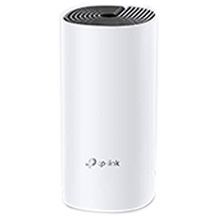

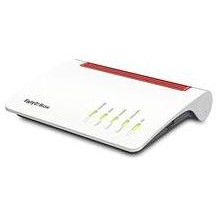
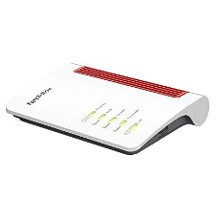
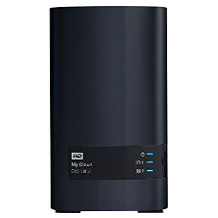
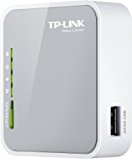
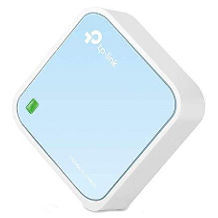
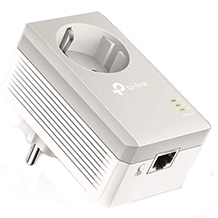

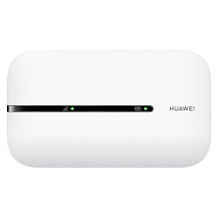
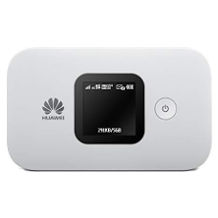
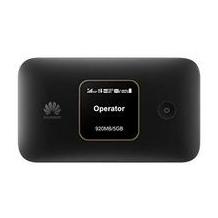
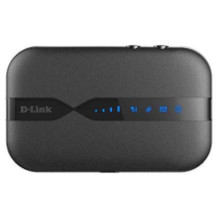
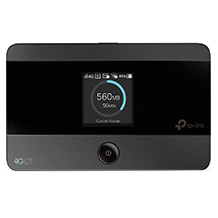
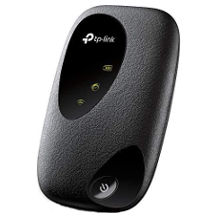
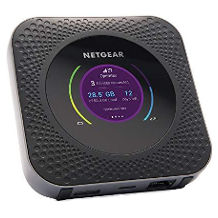

 12,751 reviews
12,751 reviews

